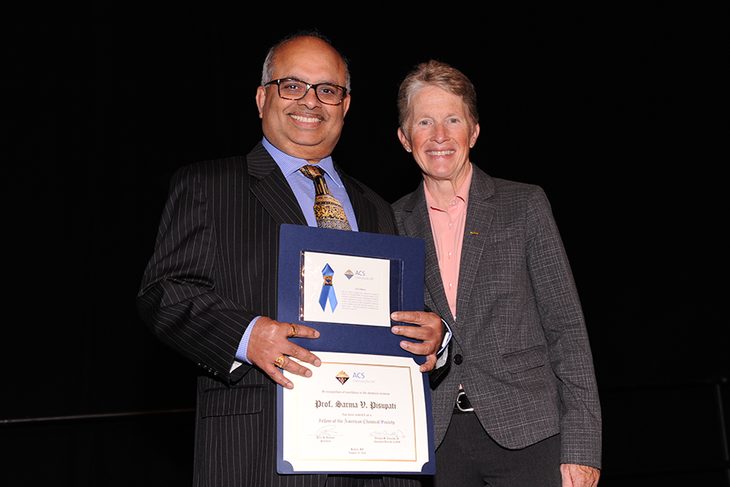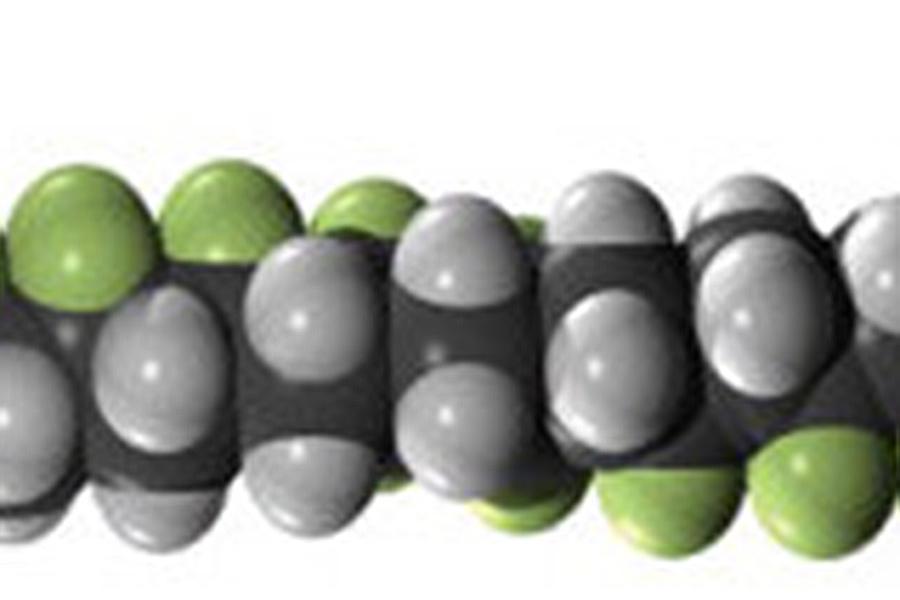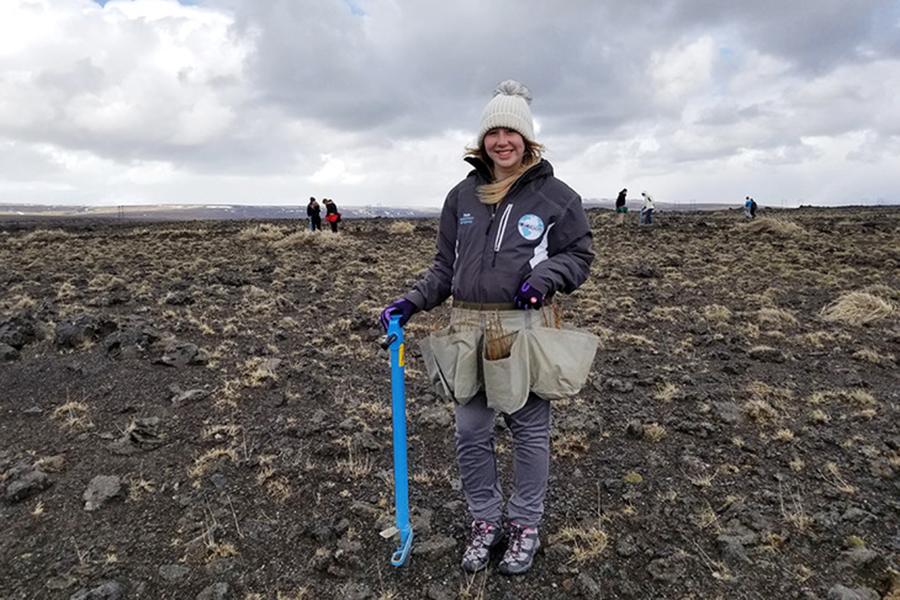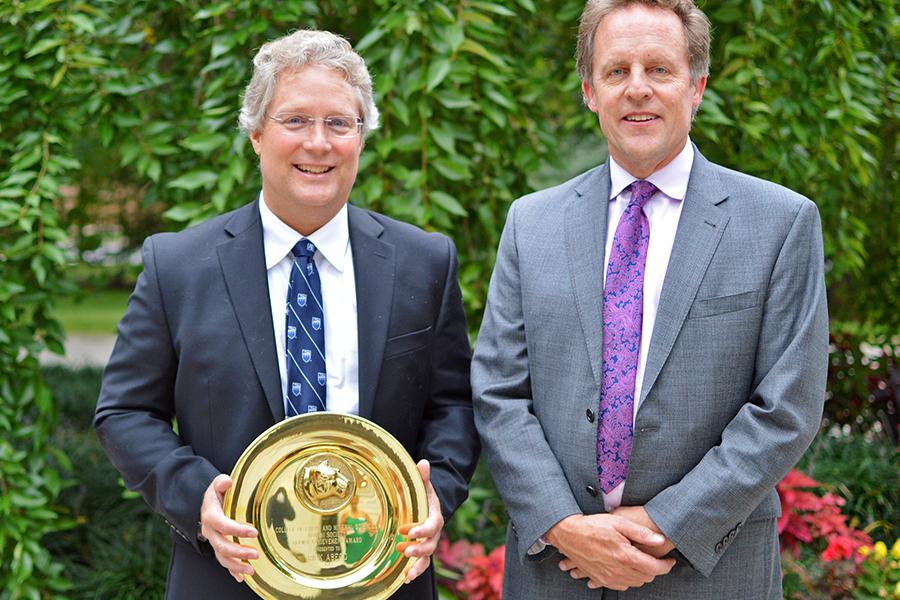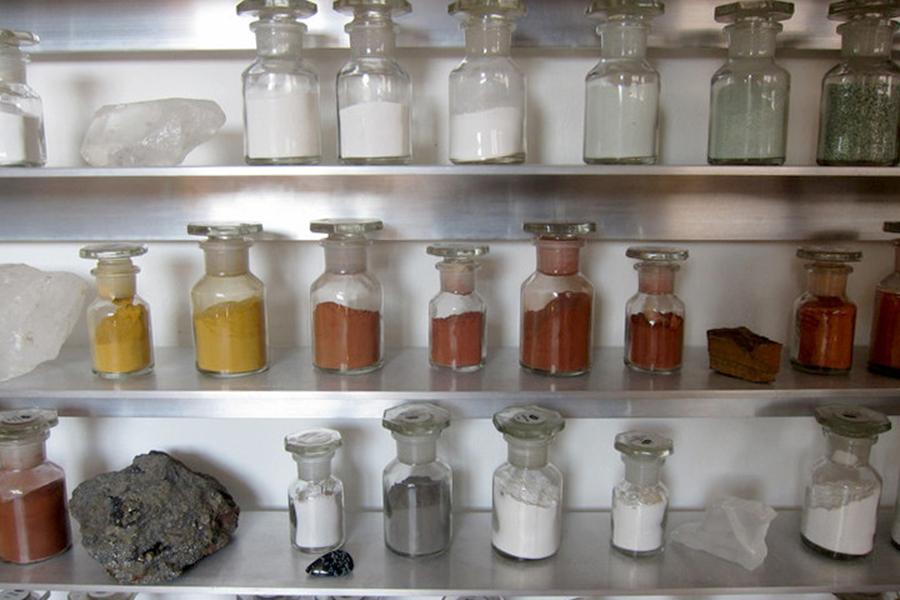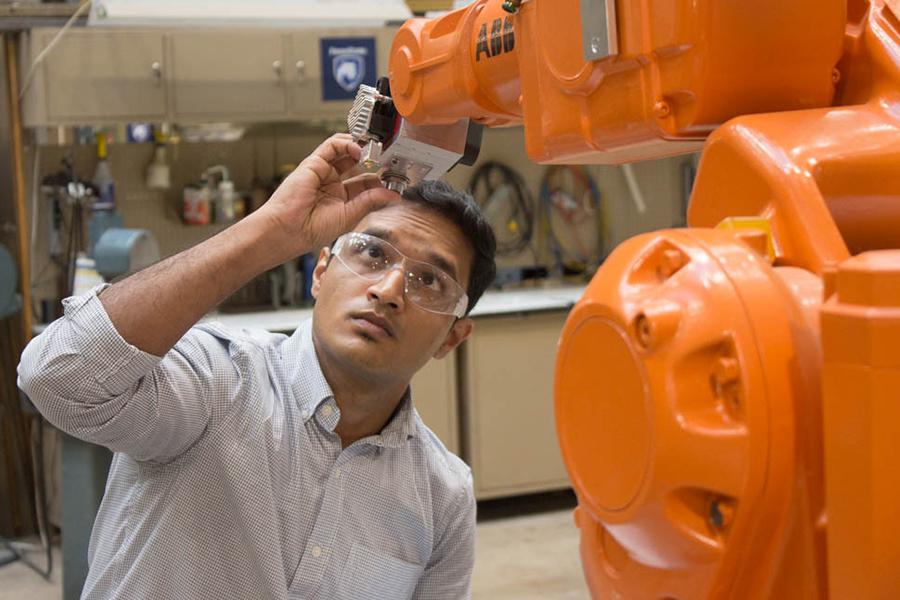Sarma Pisupati, professor of energy and mineral engineering in the College of Earth and Mineral Sciences (EMS) at Penn State, was elected a 2018 Fellow by the American Chemical Society (ACS).
The forests we walk through today are not the same as the ones that existed hundreds of years ago. Human activities such as agriculture, development, and logging have changed them. Fire, or really the lack of it, also changed forests, to the detriment of some species like oaks and pines.
The inability to alter intrinsic piezoelectric behavior in organic polymers hampers their application in flexible, wearable and biocompatible devices, according to researchers at Penn State and North Carolina State University, but now a molecular approach can improve those piezoelectric properties.
How can you snorkel between two tectonic plates, hike along a canyon hundreds of feet deep and enjoy a bonfire in the mountains — all in the same day, and all while learning about sustainability? Shaylee Traugh has the answer.
Ann Taylor always wanted the experiences of being Penn State University Faculty Senate chair but knew her job duties as assistant dean for distance learning and director of the John A. Dutton e-Education Institute wouldn’t allow for the time commitment. So the guru of nontraditional learning found a way to make it work.
Penn State researchers are the first to use data obtained from recent next-generation satellites in a numerical weather-prediction model used to provide guidance for tornadic thunderstorm forecasting.
Schreyer Honors College and College of Earth and Mineral Sciences graduate Patrick Stephens models three-dimensional terrain around the world while continuing to build his own cartography business.
In accepting the GEMS (Graduates of Earth and Mineral Sciences) Alumni Achievement Award, Rick Abegg thanked his parents — both educators — for instilling in him the drive to work hard while elevating those around him.
An exhibition held Oct. 1-6 will showcase the research and materials for a new course that investigates a select group of rocks and minerals used in the production of art between the Prehistoric Era and Early Modern period.
Introduced in 2017, the AMD program is educating students and working engineers to become technical experts in additive manufacturing and design.


